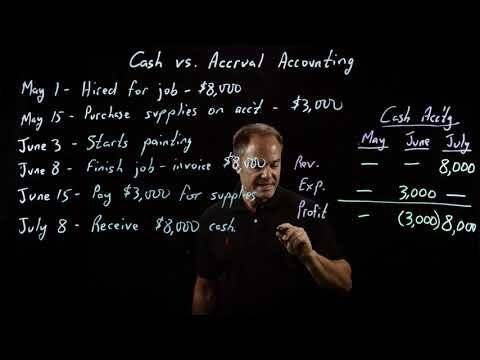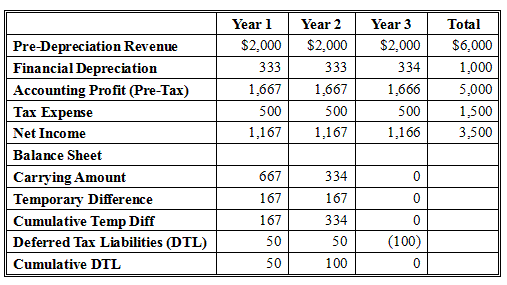For example, the displays may be from CoolTouch Monitors, motherboards and casings from China, hard disks from Seagate, processors and RAM from Intel, with the rest of the components made in-house. Over 1.8 million professionals use CFI to learn accounting, financial analysis, modeling and more. Start with a free account to explore 20+ always-free courses and hundreds of finance templates and cheat sheets. They only appear on the income statement once the business sells or disposes of the inventory.
- One of the main purposes of running a business is to generate revenue (and consequently, profits) after all.
- Our writing and editorial staff are a team of experts holding advanced financial designations and have written for most major financial media publications.
- The remaining inventory of 200 units would not be transferred to cost of good sold in 2022 but would be listed as current asset in the company’s year-end balance sheet.
- As mentioned previously, inventoriable costs are the costs spent to get the inventory in the business.
- A business will only have inventoriable costs if it manufactures products, or stocks up on products intended for sale.
- If you review revenue from a particular purchase in January 2022, you should report the Cost of Goods Sold (COGS) regarding the sale in that same period.
Overhead and sales & marketing expenses are common examples of period costs. Product costs are those directly related to the production of a product or service intended for sale. Assume that a retailer purchases an item for resale by paying $20 to the supplier. The item is purchased FOB shipping point, which means that the retailer must pay the freight from the supplier to its location. Even resellers will incur some sort of inventoriable cost in order to maintain an inventory of goods that can be sold directly to customers. To conclude, we can say that the inventoriable costs and period costs are differentiated because of the matching concept of accounting.
Benefits of Inventoriable Cost
These materials were downloaded from PwC’s Viewpoint (viewpoint.pwc.com) under license. Harold Averkamp (CPA, MBA) has worked as a university accounting instructor, accountant, and consultant for more than 25 years. The main reason for this process is to keep track of what costs are related to which products.
- Once an inventory item is consumed through sale to a customer or disposal in some other way, the cost of this inventory asset is charged to expense.
- Administrative expenses are the costs an organization incurs not directly tied to a specific function such as manufacturing, production, or sales.
- For a retailer, inventoriable costs are purchase costs, freight in, and any other costs required to bring them to the location and condition needed for their eventual sale.
- Inventory costs are one of the main set of bookkeeping costs for a business.
- Period costs are those costs which are incurred and expensed in Profit and Loss Statement in the period they are incurred.
This can include purchasing more materials, marketing to drive up future sales, expanding current facilities, or it could even be put towards paying down debt. The company needs to record each cost specifically for each item that is being sold from inventory. Inventoriable costs are the costs incurred to gather the inventory held by a business.
What Are Inventoriable Costs?
Instead, they are costs that a business generally incurs whether it produces a product or not. This also allows accountants to monitor a business’s revenue against its COGS. Inventory is an asset account that generally represents the cost of goods available for sale.
Inventoriable CostsKnow which costs drive up the costs of your products
The term ”product cost” refers to the whole cost of a product’s life cycle, which includes product research and development, manufacturing, and after-sales servicing. Failure to break even means that the production results in a loss and the manufacturer needs to respond by increasing their sales price, cutting the number of units produced, or closing the entire product line. On the other hand, a business will incur period costs whether it manufactures a product or not. So if you report revenue from a product sale in January 2022, you should also report the cost of goods sold related to the sale in the same period. So as you can see, inventoriable costs will widely differ from industry to industry. This includes costs such as labor, shipping, building space, and anything else used to acquire or produce products for sale.
This is where it is important only to include the costs necessary for calculating product costs. Every company wants to break even, so the sales price must cover the cost per unit. The cost of business is divided into two categories, based on whether the expense is capitalized to the cost of the goods sold. Inventoriable costs vary from one industry to another, and they may also differ from one supplier to another down the supply chain.
Free Accounting Courses
In manufacturing concerns, all the direct material, labor, and manufacturing expenses are inventoriable costs and other costs such as administration cost, finance cost, and selling and distribution costs are period costs. The purchase cost of the refrigerators, as well as the cost to ship them from China to Peru, to pay import fees in Peru, and to ship them to the store for sale are all inventoriable costs. The person creating the production cost calculation, therefore, has to decide whether these costs are already accounted for or if they must be a part of the overall calculation of production costs. Raw materials are commodities companies use in the primary production or manufacturing of goods. If you are at an office or shared network, you can ask the network administrator to run a scan across the network looking for misconfigured or infected devices.
Once the business sells or disposes of the inventory, that’s the time when inventoriable costs appear on a business’s income statement. If the freight cost is $1, then the retailer’s inventoriable cost of the item is $21. What is left over after deducting the inventory costs from sales revenue will be put towards other needs for the company. The amount of inventoriable costs in a company’s cash flow statement affects the amount of available cash. This relates directly to how much money is left over after deducting the inventory costs from sales revenue. Fixed manufacturing overhead are manufacturing costs that remain constant, even if there is a change in production—for example, property tax, rent, depreciation on equipment, and salaries.
When you sell the chair, the $35 is moved to the cost of goods sold on your income statement, which is then subtracted from your sales revenue to calculate your gross profit. As mentioned previously, inventoriable costs are the costs spent to get the inventory in the business. These include costs such as manufacturing costs, shipping costs, and other similar expenses. Fixed manufacturing overheads are costs that stay constant regardless of the change in production. B) Product costs are related to retailing include supply, direct labor, and overhead costs.
What are inventoriable costs?
On the other hand, period costs are all other costs that are not inventoriable costs. Period costs are those costs which are incurred and expensed in Profit and Loss Statement in the period they are incurred. Other costs, such as transportation and even storage of the inventory, are also considered to be inventoriable.
Examples of Non-Inventoriable Costs include rent payments and advertising expenses. This would include raw materials, labor to produce goods, equipment for creating finished products, etc. The reason for not including selling, general, and accounting for startups: the ultimate guide administrative expenses in the calculation of production costs is that these costs are included in the expenses section of the income statement. Every company wants to break even at least, so the sales price must cover the cost per unit.


